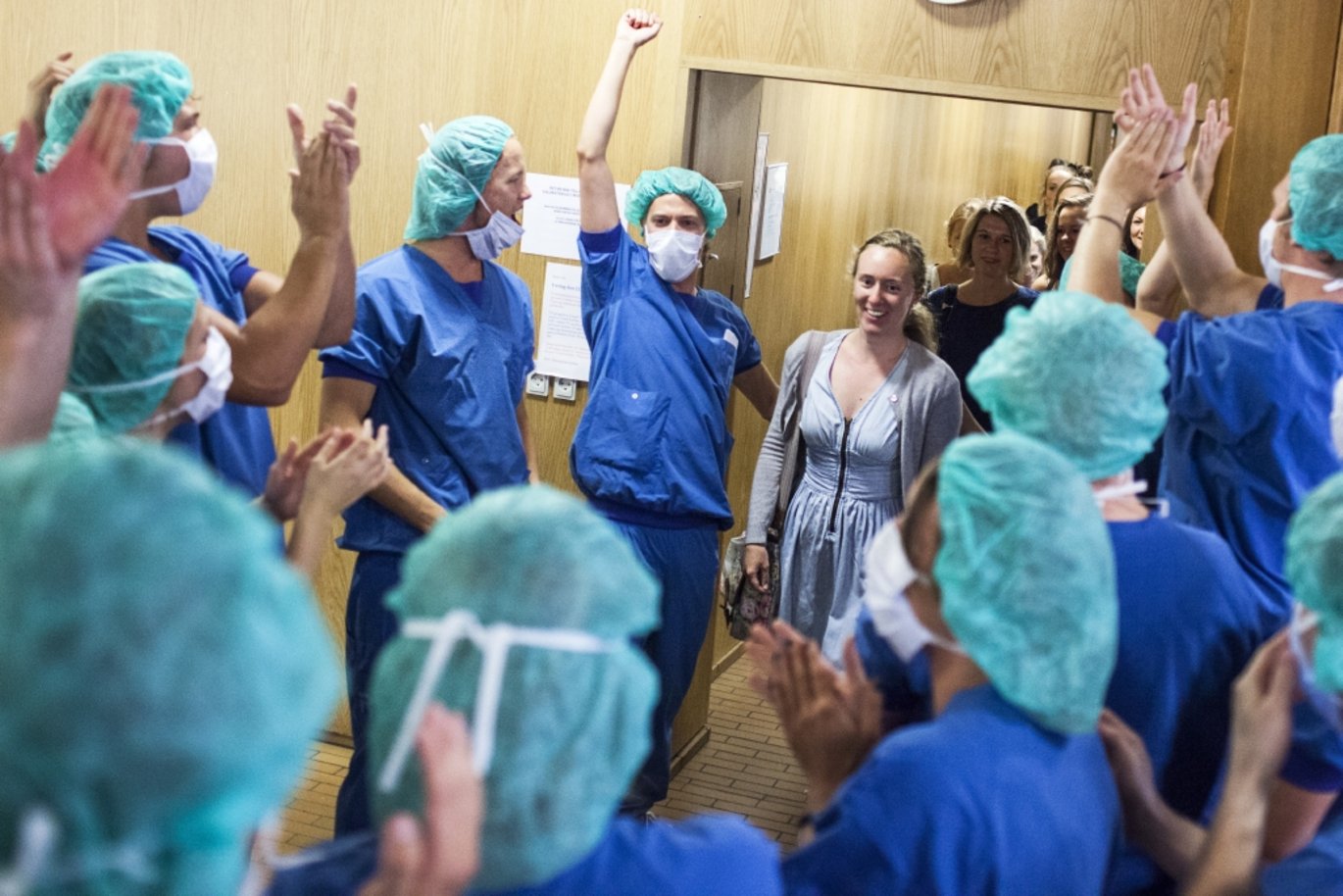Admission figures: Health attracts women
777 new students have been notified that they have been admitted to one of Health's six degree programmes. The degree programmes remain so popular that four out of five applications have been rejected. This year, women take up an additional five per cent of the places and now account for 72 per cent of the new students.

From one minute past midnight today, the 3,626 hopeful applicants to Health's degree programmes have been able to find out whether they have been admitted. As in previous years, there are far more applicants than there are places. Medicine is particularly popular, which is why the average mark for quota 1 admission has ended as 11.0 - an increase of 0.3 from last year. This has placed the degree programme among the top ten degree programmes in Denmark with the highest average mark for admission. Medicine is also the degree programme at Aarhus University which requires the highest average mark.
"We are not distinctly proud of the increase in the mark requirements for medicine. People are not necessarily going to be better doctors just because they have a very high average mark. We have therefore also doubled quota 2 admissions to this degree programme from next year, so there will be more room for those students who have both the right motivation and the right qualifications, but not necessarily a very high average mark," says Alan Flyvbjerg, dean of the Faculty of Health, who is looking forward to receiving the new students.
At the same time, it has become a little easier to gain admission to some of the other degree programmes. The quota 1 average mark for admission to Sport Science has fallen all the way from 8.6 to 6.8. The dentistry degree programme, which also receives many applications, has seen the average mark requirement fall slightly to 10.1 compared to 10.3 last year.
Women dominate at Health
Once again this year, women are making advances at Health. At Sport Science, where men have so far been in the majority, slightly more than half of the places have gone to female applicants this year. And at Public Health Science, men only make up five per cent of this year’s new students, compared to 16 per cent last year. Last year, Odontology could report an increase in male odontology students, who comprised almost one-third of the students admitted. But this was apparently a one-off as this year 79 per cent of the places have gone to female applicants.
"We are trying to attract more male applicants, as we believe that a reasonable balance between the sexes provides the best dynamic during the degree programme and in the labour market afterwards. But we can also see that girls are doing slightly better in upper secondary school than boys, and that they therefore have precedence”, says Allan Flyvbjerg.
A total of 28 per cent of the newly admitted students at Health are men, while 72 per cent are women. This means there are slightly more women at Health compared to the national average for health science degree programmes, where 68 per cent of the places on the Bachelor degree programmes are filled by women.
See the total admission figures and statistics for gender and age distribution etc. (in Danish)
Further information
Dean Allan Flyvbjerg
Aarhus University, Health
Mobile: +45 5177 9548
dean.health@au.dk
